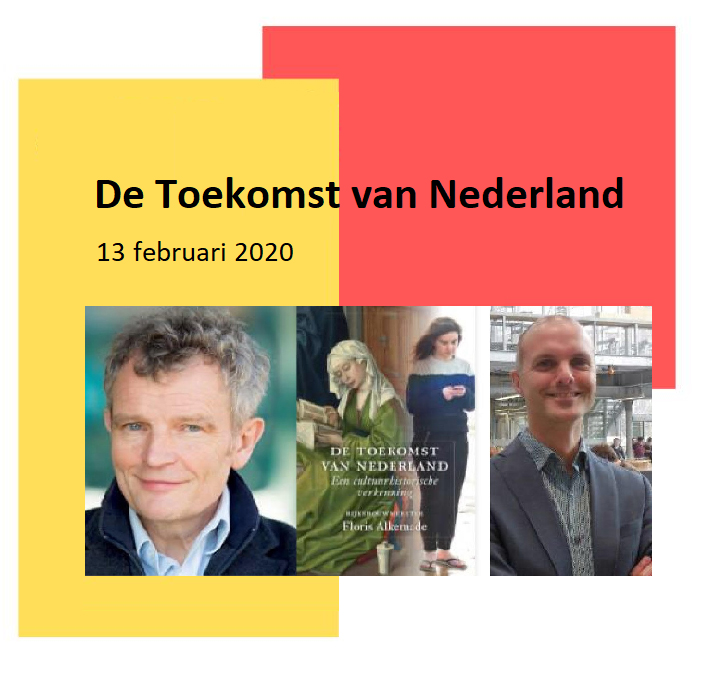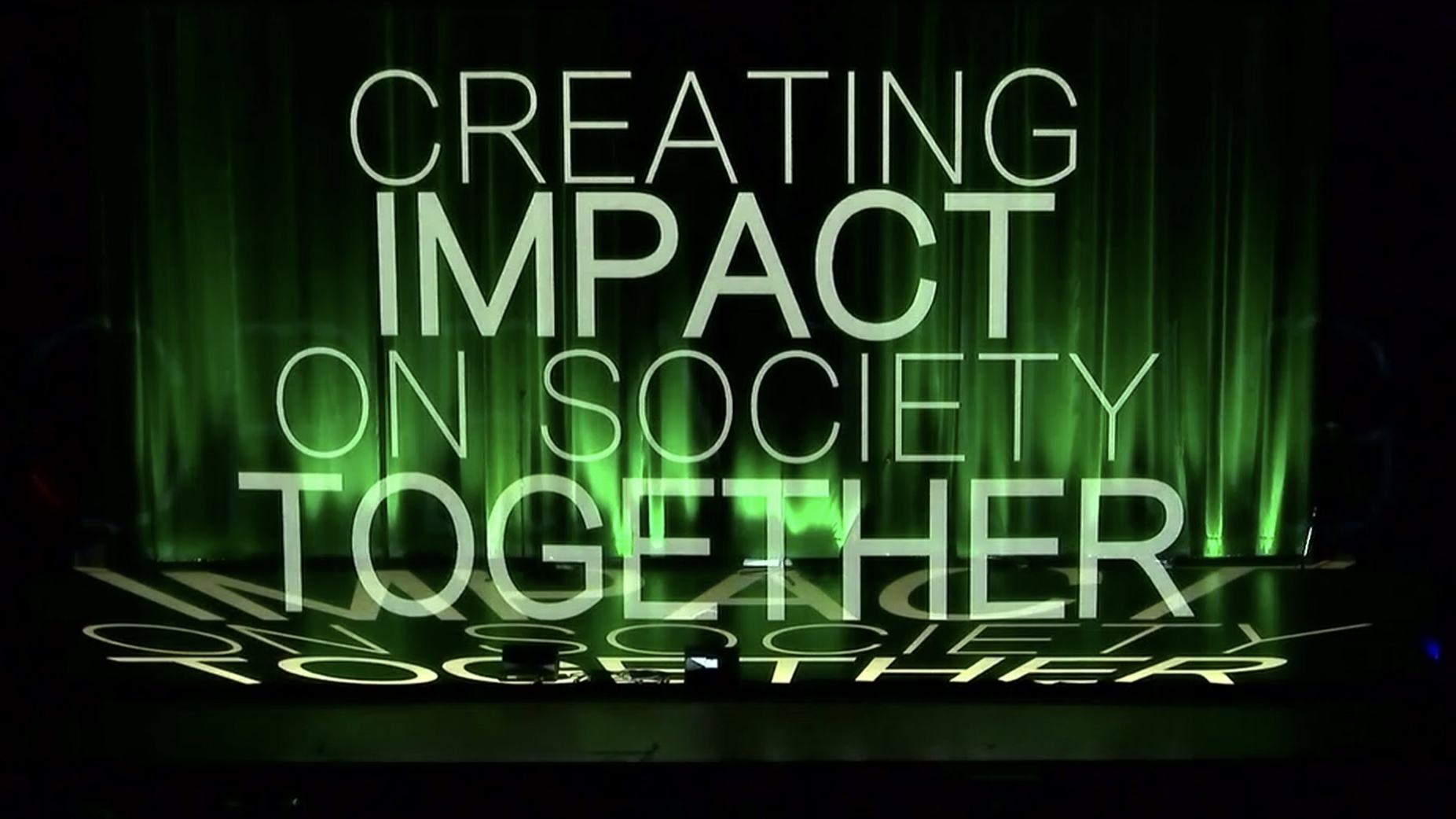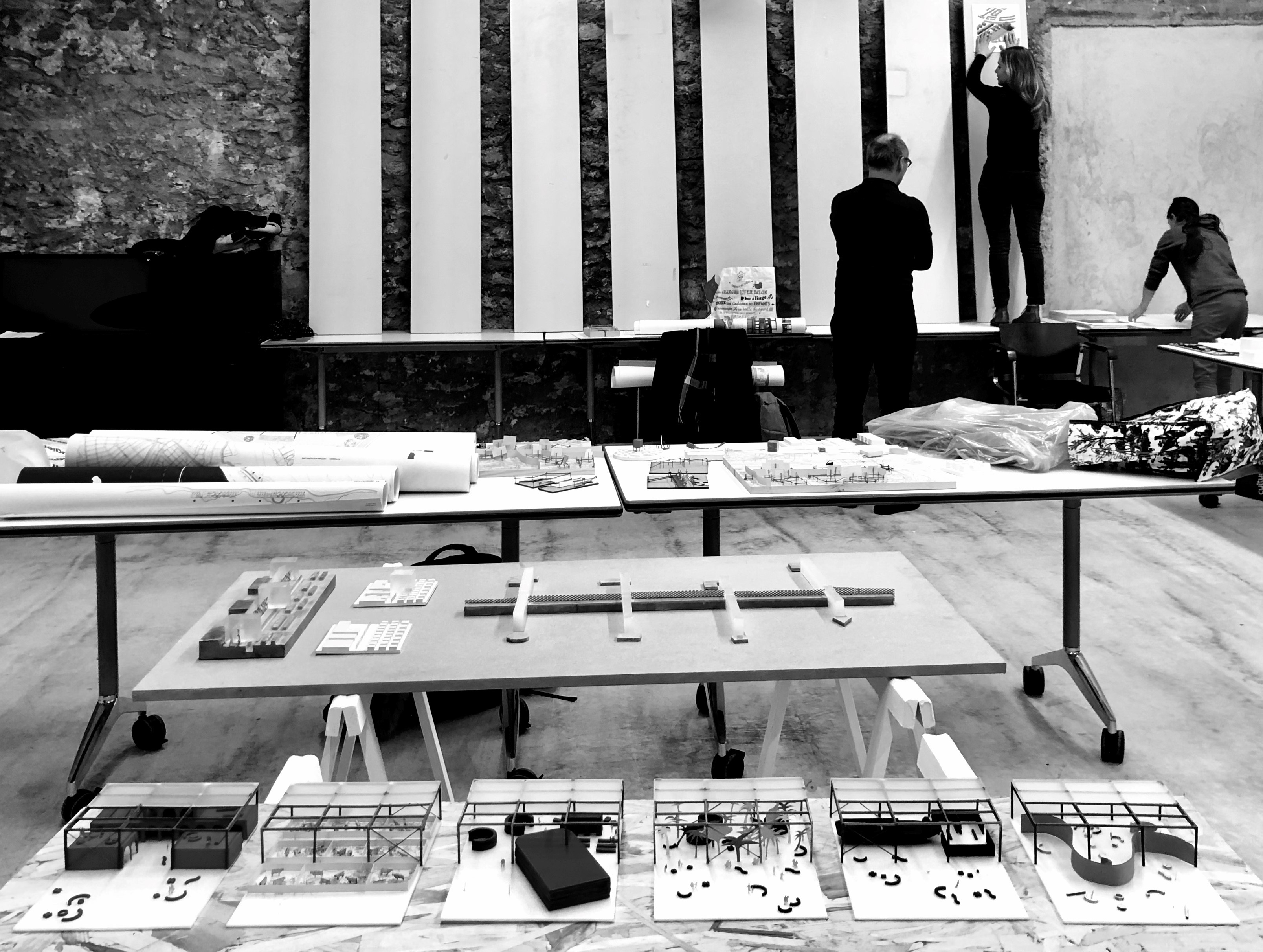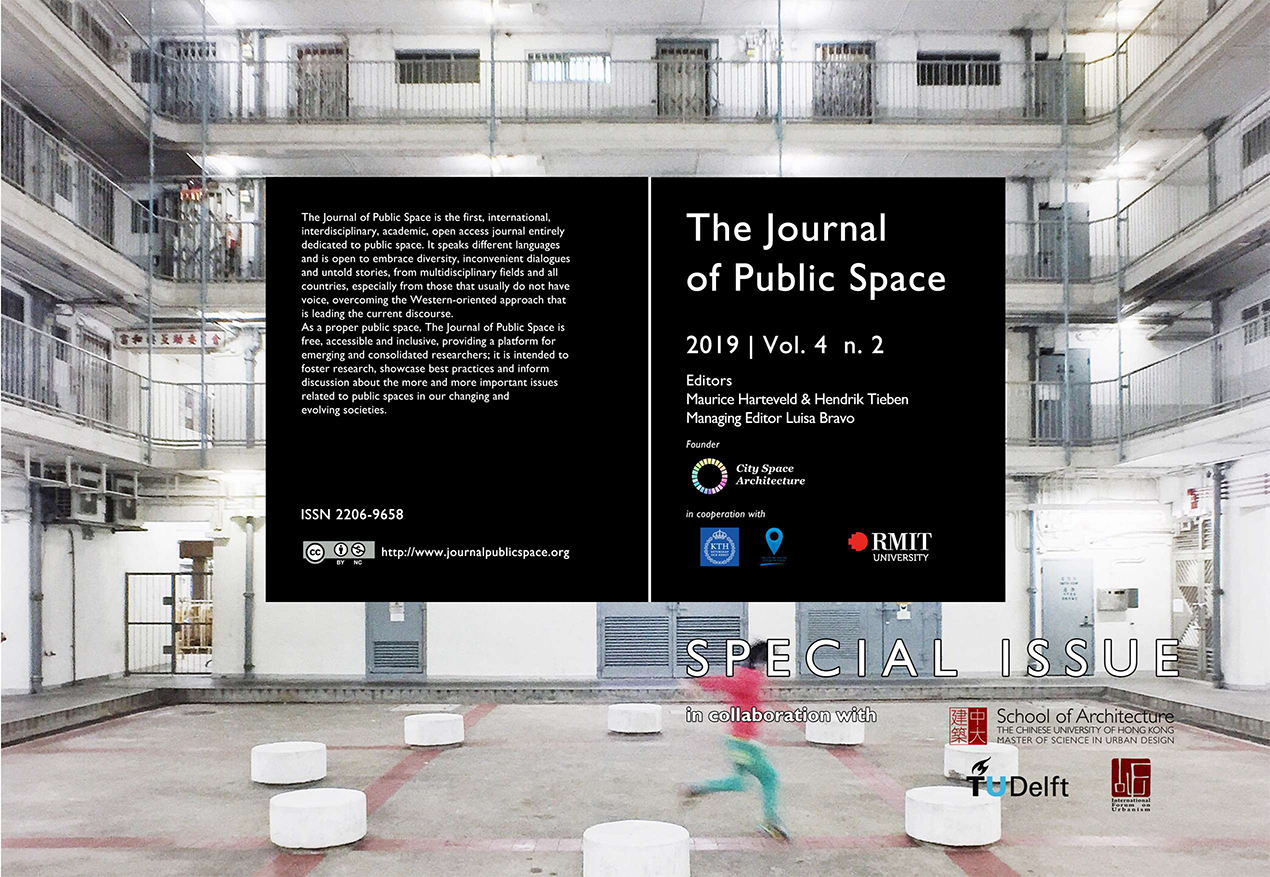9 June 2020
Article by Carola Hein, Paul van de Laar, Maurice Jansen, Sabine Luning, Amanda Brandellero, Lucija Azman, Sarah Hinman, Ingrid Mulder, Maurice Harteveld (Leiden-Delft-Erasmus PortCityFutures)
Published on: Leiden Delft Erasmus universities network Magazine, June 2020, and on the website of LDE PortCityFutures
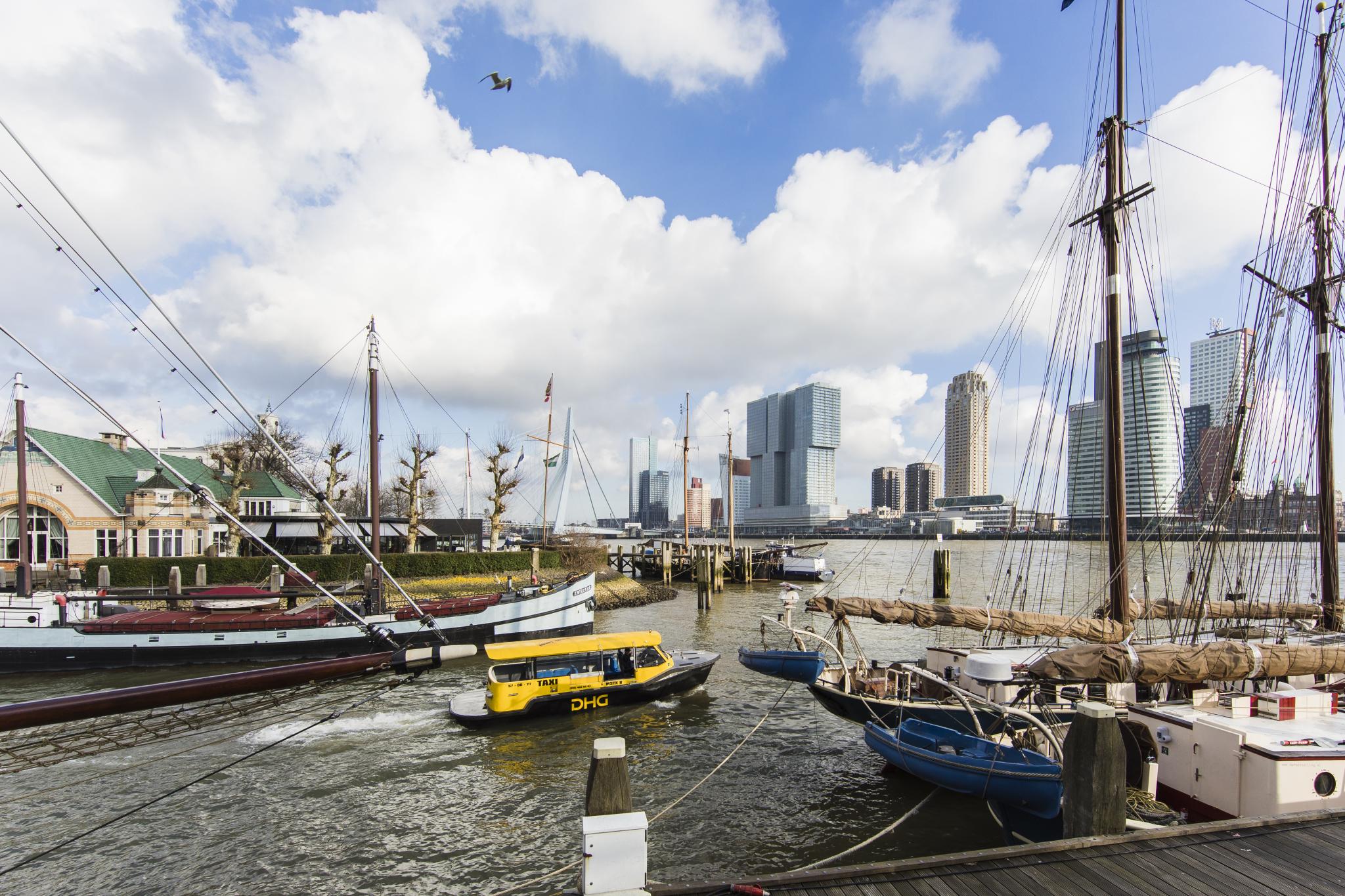
Rotterdam, photo by Iris van den Broek
Port cities are a particular type of territory and are often long-standing examples of resilience, bringing opportunities, wealth, and innovation to their nations and their citizens. They have developed at the crossroads of international trade and commerce and the intersection of sea and land. Flows of people through trade and migration have played a key role in their spatial, social and cultural development. Their strong local identities share legacies of diversity and cosmopolitanism, but also of colonialism and segregation. The Qingjing Mosque in Quanzhou, Fujian speaks of the exchange between Arabia and China along the maritime silk road. Hanseatic cities stand as an example of far-flung networks with districts for foreign traders—think of the German merchants who established Bryggen, the German dock, in Bergen, now a UNESCO world heritage site.
Port cities are places that accommodate change —and often thrive as a result. As logistical patterns, economic organization, spatial structures and technological devices have evolved, port cities have consistently provided spaces and institutions to host changing social, cultural and demographic needs and have built their local identities around them. Chinatowns, for example, are emblematic of many port cities worldwide. For many centuries, traders and merchants depended on the interaction between local traders and short- and long-term migrants of all classes. To maintain and facilitate shipping, trade or organizing defenses, traders, workers, and citizens have come together and developed long-term strategies and inclusive governance systems. Built around trade, these shared practices have not always benefitted everyone. Colonial port cities hosted the buying and selling of enslaved people as well as minerals, animals and opium. Many workers lived in squalid conditions in walking distance to the port. The degree of tolerance and inclusion depended on the extent of ethnic diversity overall, the degree of spatial and social segregation in the city, and the economic structure of the urban economy.
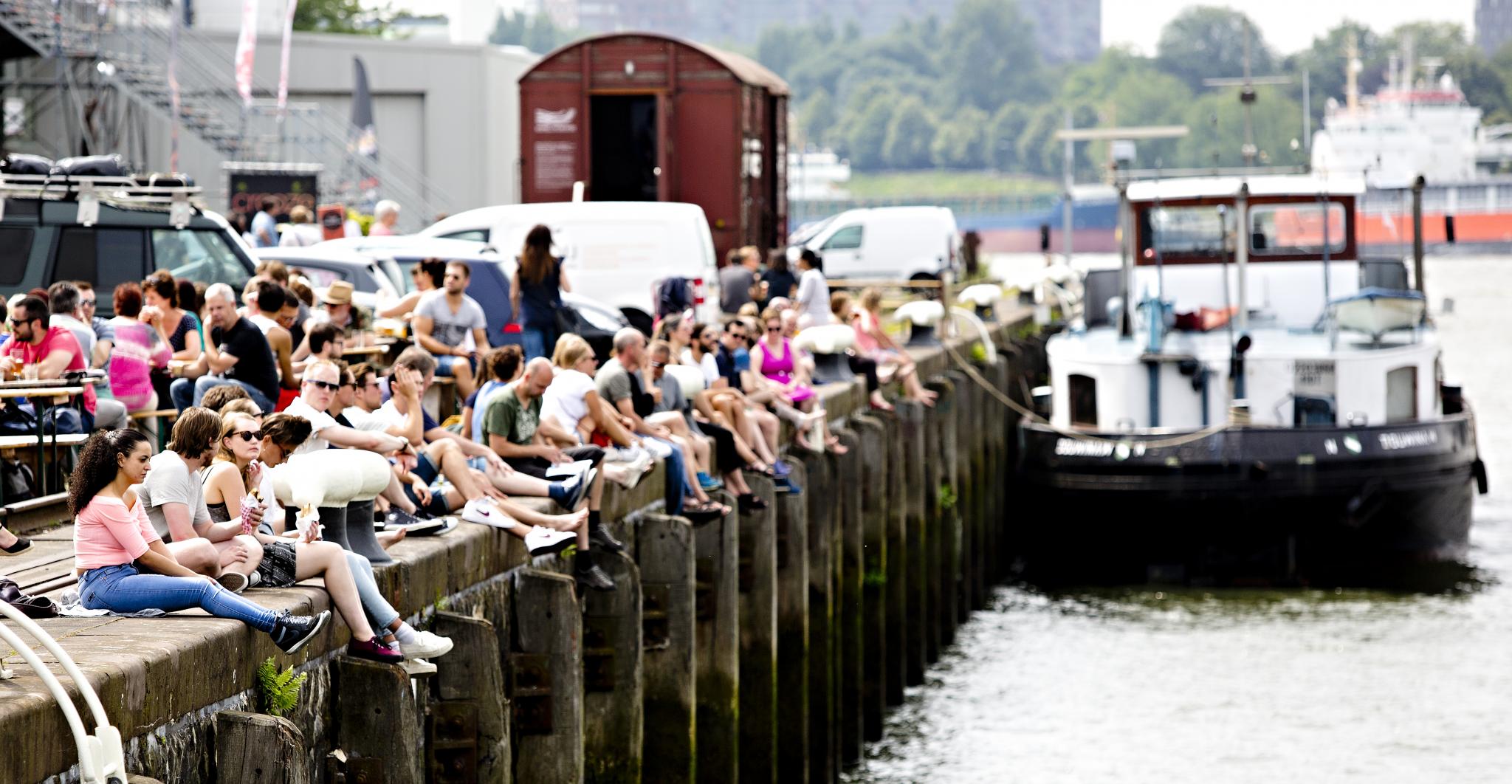
Waterfronts have been and in some (smaller) cities still are contact zones of people from diverse backgrounds: public spaces bring together dockworkers, displaced people, casual labourers, and trans-migrants waiting to board ships for overseas travel. However, waterfronts have been looked upon as places of otherness in need of social reform even at the turn of the twentieth century. Since the 1960s, container districts and offshore ports further increased the separation between ports and cities. Following containerization, waterfront regeneration has become a worldwide tool to overcome the range of social, cultural and public health issues associated with the nineteenth century waterfront. Urban renewal and gentrification have been central to many of these programs that took off beginning in the 1980s in most European port cities. Rebranding has been an essential part of bringing new capital and new people into neighbourhoods next to former dock areas, which normally would not have been of interest to private investors. In select cases—such as HafenCity Hamburg—planners and politicians have consciously opted for spatial and social inclusion.
Rotterdam as a port city reflects the long-term history of migration traditionally related to shipping and trade in all aspects, but since the 1970s the working port is no longer a decisive pull factor. Other international, national and local factors have changed the city’s population characteristics. The past decades have seen increasing diversity in ethnic groups and religions but also increased variation in socio-economic statuses among inhabitants with a migration background. Rotterdam hosts so many ‘minority’ migrants that it is now considered a superdiverse city where 52%, and in some districts, almost 70% of the population have a migrant background.
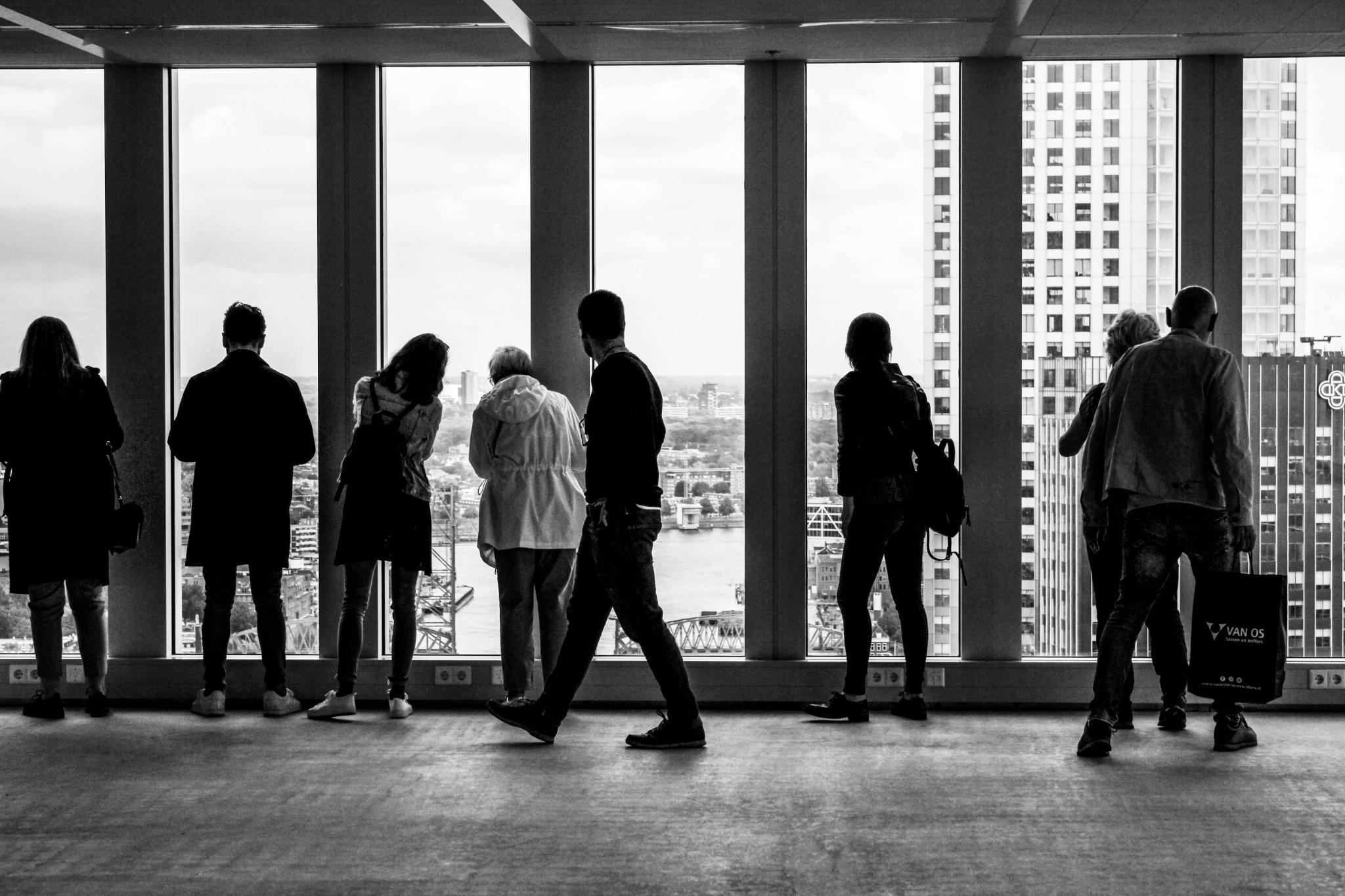
Rotterdam’s hyperdiversity—a term meant to acknowledge the multiple causes of diversity—has challenged existing local integration policies. The city government’s development strategy focusses on a balanced composition of the population and regeneration programs in combination with new residential, sustainable urban planning and branding strategies aim to assure integration. Like other cities with major waterfront revitalization activities, Rotterdam is witnessing a gap between cosmopolitan aspirations boosted by international capital and symbolic waterfront architecture and the existing reality of a hyperdiverse population inhabiting the urban fabric. Redevelopment projects of former waterfront port areas, such as Lloyd Quarter, RDM and M4H stand as examples. Yet, like other cities with major waterfront revitalization activities, the question arises: to what extent is Rotterdam widening the gap between diverse neighbourhoods and gentrified port-city redevelopment projects? There is a potential risk of economic segregation as authorities, educational and cultural institutions aspire to build the post-industrial economy on the port industrial foundations of the past, neglecting those areas where a linkage to the maritime mindset of Rotterdam as a port city is hardly felt let, alone visible.
Rotterdam needs to find ways to come to terms with political, economic, social, and cultural dimensions of its port city. That is one of the major challenges for Rotterdam in becoming an inclusive city. What is needed to connect Rotterdam’s migration narrative (and that of other port cities) to further the inclusive city ambition, using its present hyperdiversity, and acknowledging the value of diversity for creativity, innovation and making the next port city? Exploring the key values of an inclusive post-industrial, hyperdiverse port city drives the research agenda of our multidisciplinary LDE PortCityFutures program.

The Leiden-Delft-Erasmus PortCityFutures program employs multi-disciplinary methods and longitudinal perspectives to understand and design political, economic, social, and cultural dimensions of spatial use in port city regions. It explores how the flows of goods and people generated by port activities intersect with the dynamics of the natural environment, hydraulic engineering, spatial planning, urban design, architecture, and heritage. It examines the spatial impact of competing interests among port-related and urban spatial development needs and timelines. It explores creative solutions and design measures to problems and considers their implications for the future use of limited space that will allow port, city, and region to thrive.



